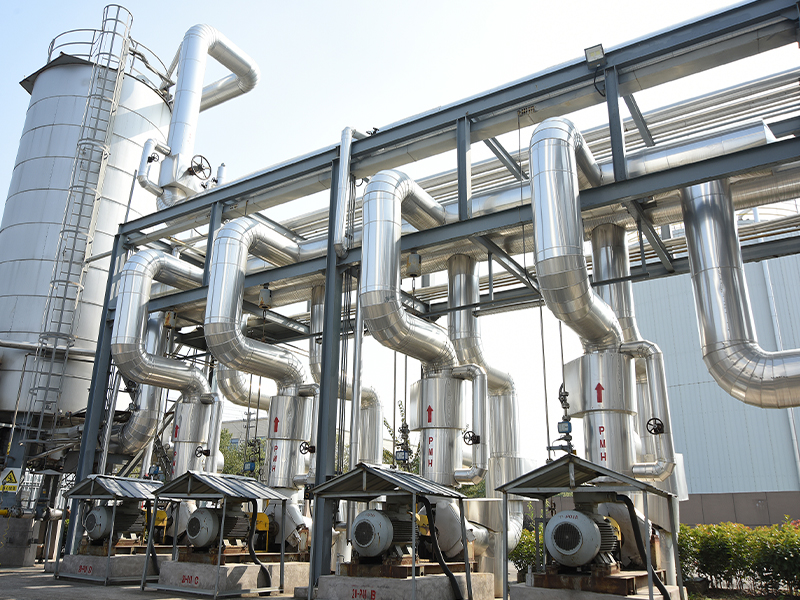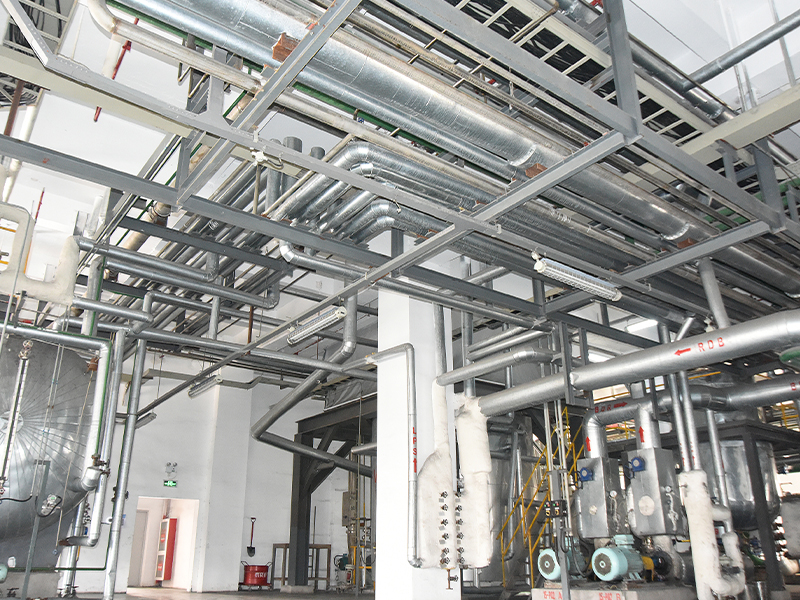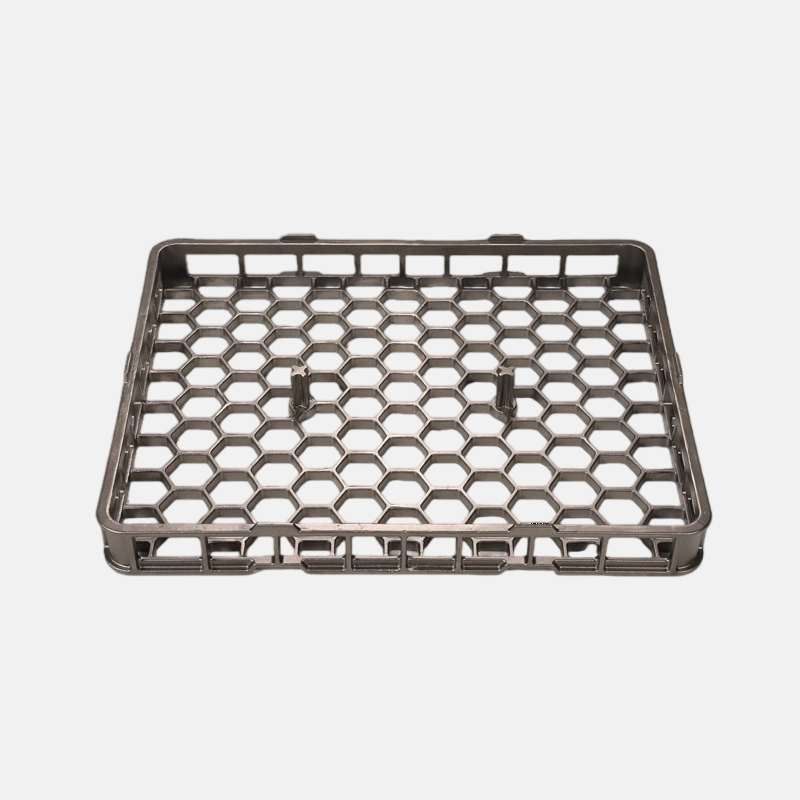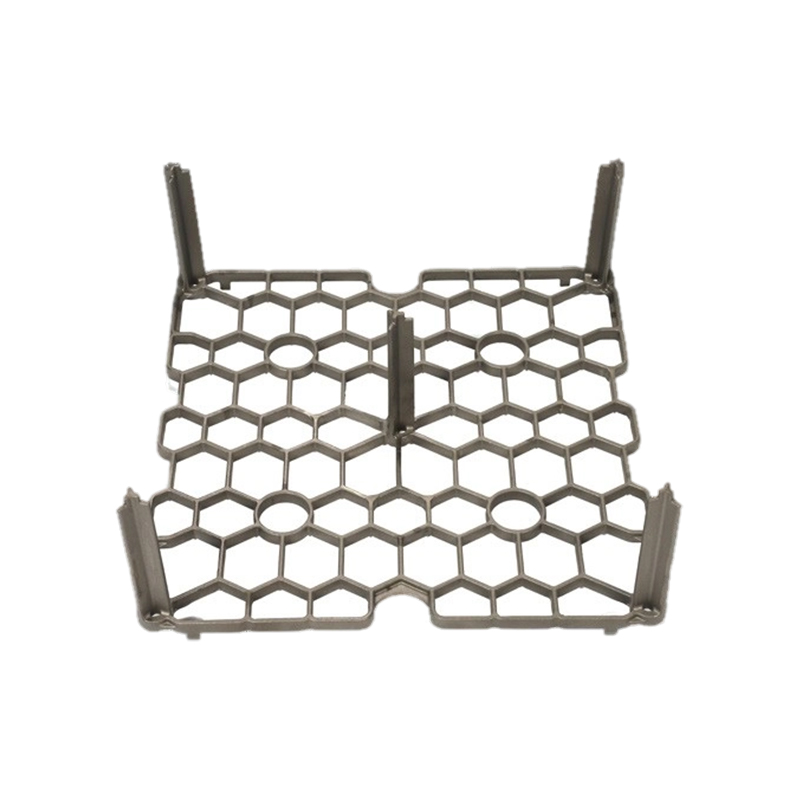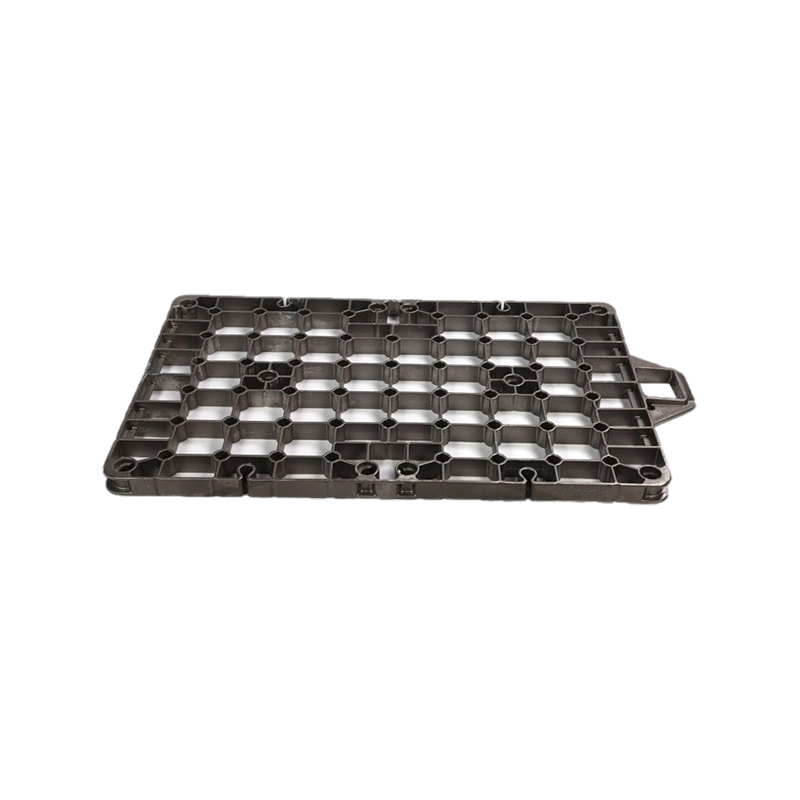Precision Lost Wax Casting, a centuries-old technique refined for modern manufacturing, remains indispensable for producing complex, high-tolerance components in industries like aerospace, medical devices, and automotive engineering. However, achieving defect-free results demands meticulous adherence to process controls and innovative methodologies.
1. Optimized Wax Pattern Design and Production
The foundation of defect-free Precision Lost Wax Casting lies in flawlessly engineered wax patterns. Even minor imperfections in wax models—such as air bubbles, uneven surfaces, or dimensional inaccuracies—can propagate through subsequent stages. Advanced 3D modeling software enables precise design validation, while injection parameters (temperature, pressure, and cooling rates) must be tightly controlled to ensure uniformity. Regular maintenance of wax injection equipment and rigorous inspection of patterns using automated optical scanners further reduce risks.
2. Robust Shell-Building Techniques
The ceramic shell, which encases the wax pattern, must withstand thermal stress during dewaxing and metal pouring. Defects like cracks or inclusions often stem from inconsistent shell layers or improper drying. A staggered coating process—alternating ceramic slurry dips with stucco applications and controlled drying cycles—ensures structural integrity. Modern shell materials, such as colloidal silica binders and zircon-based refractories, enhance thermal stability. Additionally, humidity and temperature-controlled environments minimize premature curing or warping.
3. Controlled Dewaxing and Sintering
Dewaxing is a critical phase where rapid wax removal can cause shell fractures. Steam autoclave dewaxing, paired with gradual temperature ramping, reduces thermal shock. Post-dewaxing, sintering the ceramic shell at precise temperatures eliminates residual moisture and strengthens the mold. Real-time monitoring systems help maintain optimal furnace conditions, preventing incomplete burnout or shell deformation.
4. Melt Preparation and Pouring Precision
Impurities in molten metal, such as oxides or gas entrapment, lead to porosity or inclusions. Vacuum induction melting (VIM) or argon shielding degasses alloys effectively, while spectroscopy ensures chemical composition accuracy. During pouring, controlled tilt pouring or centrifugal methods minimize turbulence, reducing air entrainment. Preheating molds to specified temperatures avoids premature solidification and misruns.
5. Post-Casting Inspection and Feedback Loops
Even with stringent controls, post-production validation is vital. Non-destructive testing (NDT) methods like X-ray radiography and dye penetrant inspection identify subsurface flaws. Dimensional checks via coordinate measuring machines (CMMs) verify compliance with specifications. Crucially, integrating defect data into a continuous improvement framework—using root cause analysis and corrective actions—closes the loop, refining processes iteratively.
Defects in Precision Lost Wax Casting are not inevitable but manageable through systematic protocols. By prioritizing precision at every stage—from wax injection to final inspection—manufacturers can achieve near-net-shape components with minimal rework.
 English
English русский
русский Español
Español عربى
عربى
